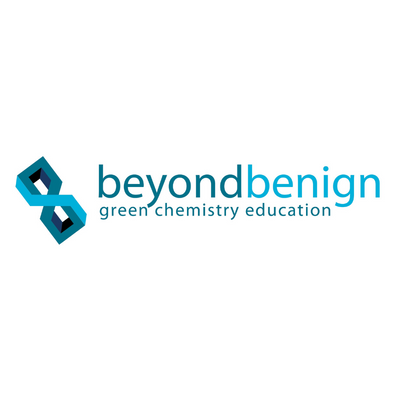Reactions Lab

Summary
This lab discusses types of reactions and replaces traditional reaction experiments involving chemicals such as lead (II) nitrate, barium chloride, and silver nitrate. This lab challenges students to identify types of chemical reactions and distinguish between reactions that use safer, less hazardous chemicals from the more hazardous. Students will participate in the decision making by choosing safer starting reactants, using the 12 Principles of Green Chemistry. They will ultimately learn the difference between synthesis, decomposition, single-displacement, and double-displacement reactions.
Safety Precautions, Hazards, and Risk Assessment
• Hydrochloric acid at lower concentrations is a skin irritant and should be washed with soap and water if it comes into contact with the skin.
• Copper (II) sulfate is a skin irritant and should be washed with soap and water if it comes into contact with the skin.
• The wooden splint test for generating gases involves using matches in the classroom; proper safety using matches should be practiced.
• Exercise proper laboratory safety when using the Bunsen burner.
• Consult manufacturer-provided safety data sheets (SDS) for full safety and handling information.
• Copper (II) sulfate is a skin irritant and should be washed with soap and water if it comes into contact with the skin.
• The wooden splint test for generating gases involves using matches in the classroom; proper safety using matches should be practiced.
• Exercise proper laboratory safety when using the Bunsen burner.
• Consult manufacturer-provided safety data sheets (SDS) for full safety and handling information.
Digital Object Identifier (DOI)
https://doi.org/10.59877/OIOC9147
File (PDF, PPT, image, etc)
File (PDF, PPT, image, etc)
Creative Commons License

This work is licensed under a Creative Commons Attribution-NonCommercial-NoDerivatives 4.0 International License.



